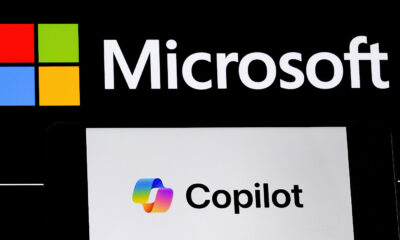Marketers are increasing their budgets to feed the growing appetite for video, according to video hosting platform Wistia’s new 2022 State of Video report.
During the pandemic, consumers were deluged with new series on streaming platforms, and marketers followed this trend by producing more video content to engage customers and prospects.
Why we care. The study focused specifically on changes from 2019 to 2021, which covers pre-pandemic data, as well as how video consumption and marketing strategies evolved over the last two years. And the results confirm what we’ve all come to know about 2020: everybody was home, online, and engaging in digital content like video.
But the data about 2021 surprised us. While the world had opened back up in some capacity, Wistia saw that time spent watching video still climbed by 20% year-over-year.
In 2021, video uploads on Wistia were up 73% from their pre-pandemic level in 2019. Uploads in 2021 were down marginally, about 4%, from peak lockdown in 2020. Even with fewer uploads, time spent consuming video was up 20% in 2021 from 2020.
Get the daily newsletter digital marketers rely on.
Budgets. To meet the increased appetite for video content shown to endure during the pandemic, 55% of brands report that they are planning to increase their video budget by 5% or more.
Brands are also looking to expand their video repertoire, with 72% saying that they are exploring new types of video. Also, 32% of Wistia customers say they are planning to launch their own video series in 2022.
Read more: Demandbase jumps out ahead in B2B streaming race
Accessibility. Marketers are also taking steps to make their video content as accessible as possible. Wistia measures this according to a seven-point checklist known as Web Content Accessibility Guidelines (WCAG). Overall, videos that were made more accessible above the Wistia player’s default settings increased by 13.5% last year.
Read next: The cost of ignoring website accessibility
Adding captions to videos increased by 11% in 2021, and integrating high-contrast video colors and showing video play controls on-screen also contributed to the overall increase in accessibility.
High-quality 4K video uploads also increased by 55% from 2020 to 2021, indicating that the technology is becoming widespread on cameras and video players.




















You must be logged in to post a comment Login